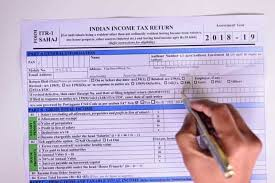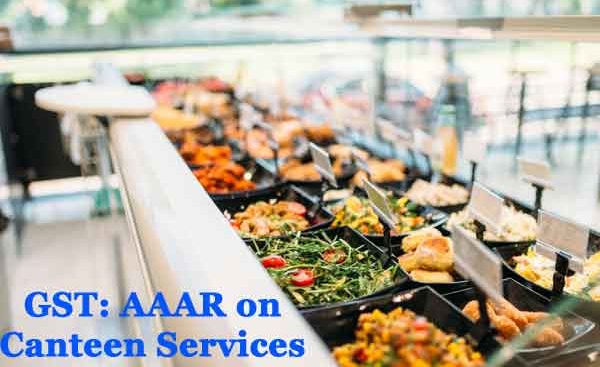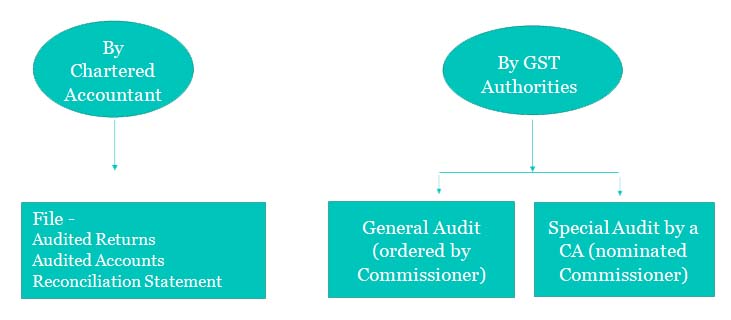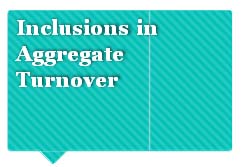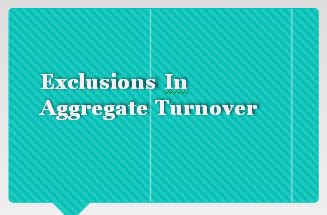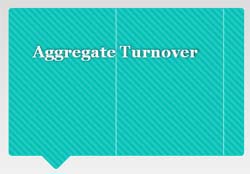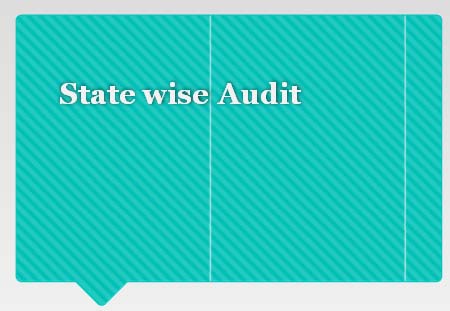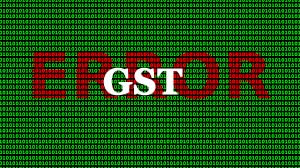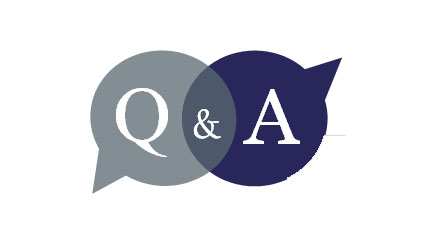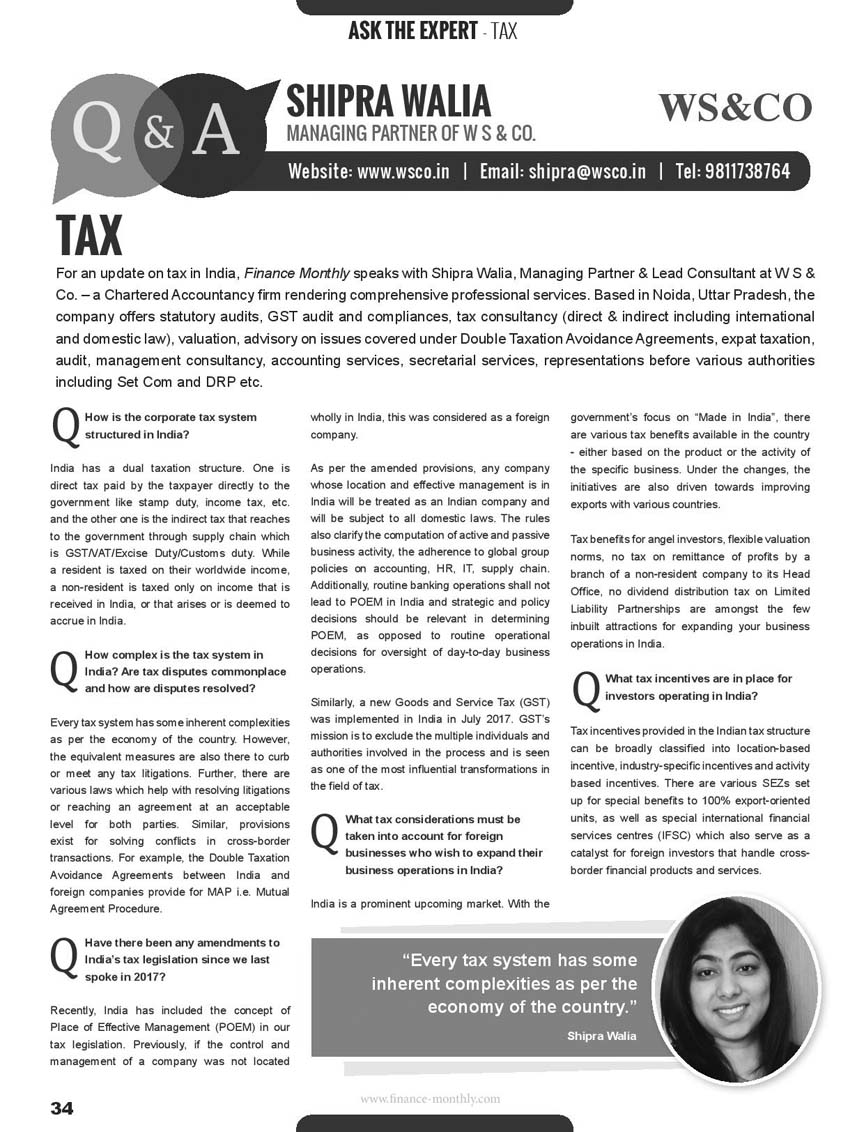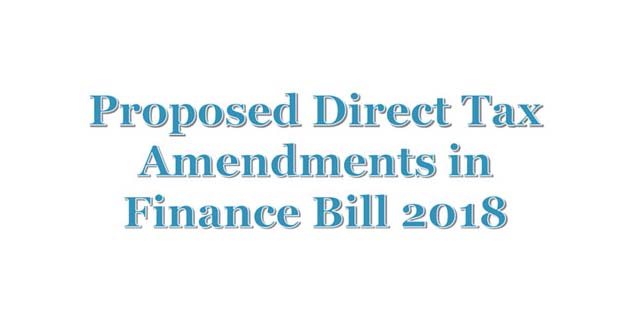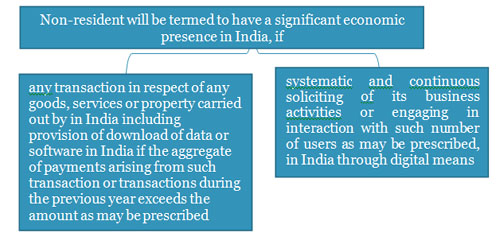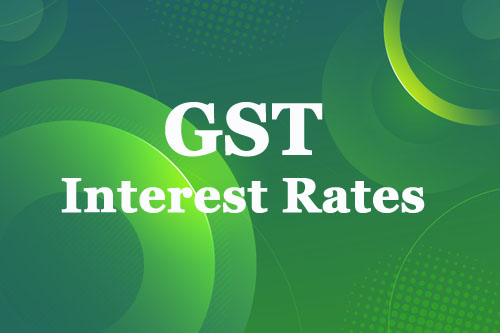With the multiple notifications with regard to the due dates and the late fees on the GST returns, it’s been very confusing for the tax payer to know exactly where the deadlines stand.
Following is a summary of the due dates based on all the recent notifications up to 1 July 2020:
| Return | Type of tax payer | Tax Period | Return Due Date | Last date without late fees^ |
| GSTR 1 | Turnover less than Rs. 1.5 crore in the preceding year (quarterly return) | Jan 20 to March 20 | 30-Apr-20 | 17-Jul-20 |
| April 20 to June 20 | 31-Jul-20 | 3-Aug-20 | ||
| Turnover greater than Rs. 1.5 crore in the preceding year (monthly return) | March 20 | 11-Apr-20 | 10-Jul-20 | |
| April 20 | 11-May-20 | 24-Jul-20 | ||
| May 20 | 11-Jun-20 | 28-Jul-20 | ||
| June 20 | 11-Jul-20 | 5-Aug-20 | ||
| GSTR 3B | Turnover greater than Rs. 5 crore in the preceding year | February 20 | 20-Mar-20 | 24-Jun-20 |
| March 20 | 20-Apr-20 | 24-Jun-20 | ||
| April 20 | 20-May-20 | 24-Jun-20 | ||
| May 20 | 20-Jun-20 | 27-Jun-20 | ||
| June 20 | 20-Jul-20 | 20-Jul-20 | ||
| July 20 | 20-Aug-20 | 20-Aug-20 | ||
| August 20 | 20-Sep-20 | 20-Sep-20 | ||
| Turnover less than Rs. 5 crore in the preceding year and the principal place of business is in specified states* | February 20 | 21-Mar-20 | 30-Jun-20 | |
| March 20 | 21-Apr-20 | 3-Jul-20 | ||
| April 20 | 21-May-20 | 6-Jul-20 | ||
| May 20 | 21-Jun-20 | 12-Sep-20 | ||
| June 20 | 21-Jul-20 | 23-Sep-20 | ||
| July 20 | 21-Aug-20 | 27-Sep-20 | ||
| August 20 | 1-Oct-20 | 1-Oct-20 | ||
| Turnover less than Rs. 5 crore in the preceding year and the principal place of business is in specified states# | February 20 | 24-Mar-20 | 30-Jun-20 | |
| March 20 | 24-Apr-20 | 5-Jul-20 | ||
| April 20 | 24-May-20 | 9-Jul-20 | ||
| May 20 | 24-Jun-20 | 15-Sep-20 | ||
| June 20 | 24-Jul-20 | 25-Sep-20 | ||
| July 20 | 24-Aug-20 | 29-Sep-20 | ||
| August 20 | 3-Oct-20 | 3-Oct-20 |
^For the tax payers who fail to furnish the return by the stated due date, but furnish the said return by 30 September 2020, the late fees payable which is in excess of Rs 500, shall stand fully waived for the tax payers where the total amount of tax payable is Nil.
Interest on delayed payment of GST
| Tax Payer | Rate of interest | |||
| Taxpayers having an aggregate turnover of more than Rs 5 crores in the preceding financial year | Feb 20, Mar 20, Apr 20 – Nil for the first 15 days and 9 % thereafter till 24 Jun 20 | |||
| Turnover up to Rs. 5 crore in the preceding year and the principal place of business is in specified states* | Feb 20 – Nil till 30 Jun 20 and 9% thereafter till 30 Sept 20 Mar 20 – Nil till 3 Jul 20 and 9% thereafter till 30 Sept 20 April 20 – Nil till 6 Jul 20 and 9% thereafter till 30 Sept 20 May 20 – Nil till 12 Sept 20 and 9% thereafter till 30 Sept 20 June 20 – Nil till 23 Sept 20 and 9% thereafter till 30 Sept 20 July 20 – Nil till 27 Sept 20 and 9% thereafter till 30 Sept 20 |
|||
| Turnover less than Rs. 5 crore in the preceding year and the principal place of business is in specified states# | Feb 20 – Nil till 30 Jun 20 and 9% thereafter till 30 Sept 20 Mar 20 – Nil till 5 Jul 20 and 9% thereafter till 30 Sept 20 April 20 – Nil till 9 Jul 20 and 9% thereafter till 30 Sept 20 May 20 – Nil till 15 Sept 20 and 9% thereafter till 30 Sept 20 June 20 – Nil till 25 Sept 20 and 9% thereafter till 30 Sept 20 July 20 – Nil till 29 Sept 20 and 9% thereafter till 30 Sept 20 |
|||
* States of Chhattisgarh, Madhya Pradesh, Gujarat, Maharashtra, Karnataka, Goa, Kerala, Tamil Nadu, Telangana, Andhra Pradesh, the Union territories of Daman and Diu and Dadra and Nagar Haveli, Puducherry, Andaman and Nicobar Islands or Lakshadweep
# States of Himachal Pradesh, Punjab, Uttarakhand, Haryana, Rajasthan, Uttar Pradesh, Bihar, Sikkim, Arunachal Pradesh, Nagaland, Manipur, Mizoram, Tripura, Meghalaya, Assam, West Bengal, Jharkhand or Odisha, the Union territories of Jammu and Kashmir, Ladakh, Chandigarh or Delhi
The above summary is collated based on following Notifications:
54/2020- Central Tax ,dt. 24-06-2020
53/2020- Central Tax ,dt. 24-06-2020
51/2020- Central Tax ,dt. 24-06-2020
05/2020-Integrated Tax,dt. 24-06-2020
03/2020-Integrated Tax,dt. 08-04-2020

